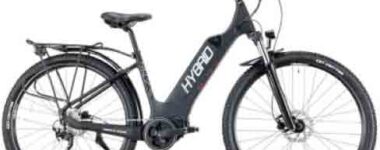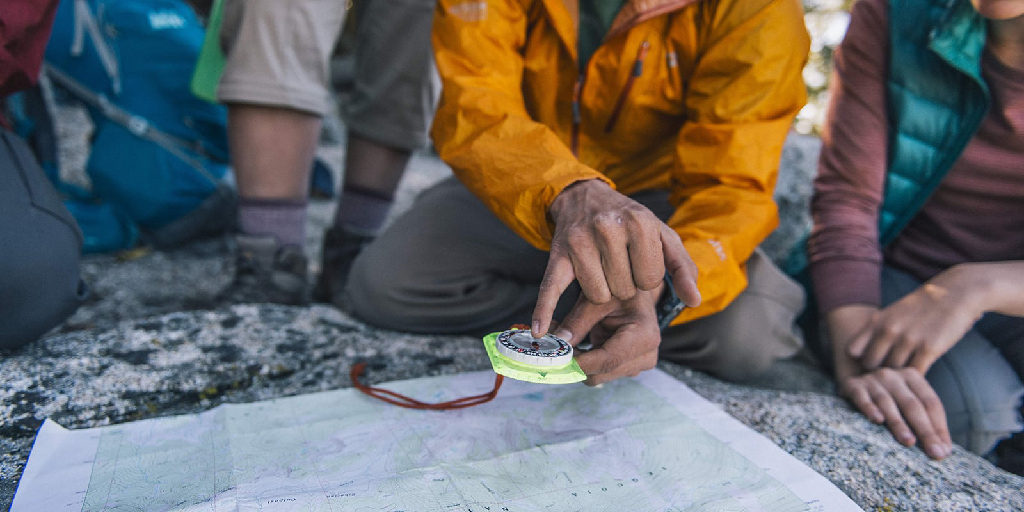Latest News
Share this post:
-
-
-
-
- Population: 5 Million
- Capital City: Wellington
- Largest City: Auckland (1.1million)
- Area: 270,534 sq km
-
-
-
New Zealand People
-
-
-
-
- People: 74% Pakeha (European), 13.5% Maori, 6% Polynesian, 6% Asian, 0.5% Other
- Languages: English, Maori
- Religion: Predominantly Christian (60%) and No Religion (25%)
-
-
-
New Zealand Politics
-
-
-
-
- Government: National Government; Independent member of the British Commonwealth. Main opposition – Labour Party (left wing)
- Prime Minister: Jacinda Ardern
-
-
-
New Zealand Infrastructure
-
-
-
-
- Time-zone: GMT+12
- Dialling Code: +64
- Weights & Measures: Metric
- Electricity: 240V, 50Hz
-
-
-
New Zealand Economy
-
-
-
-
- GDP: US$85 billion
- GDP per Capita: US$22,360
- Annual Growth: 2%
- Inflation: 3.5%
- Industry: Dairy, Tourism, Agriculture, Wood and Paper Products
- Trade: Australia, Japan, UK, China, USA
-
-
-
New Zealand has everything the world has to offer within a compact country. From snow capped mountains to golden sandy beaches, from fast flowing rivers to crystal clear lakes. New Zealand is a country of beauty and diversity in both scenery and culture. For people looking to travel to New Zealand, some of its main attractions are the stunning scenery, clean green environment and economic and political stability.
New Zealand is an independent nation and a member of the British Commonwealth. New Zealanders are considered to be entrepreneurial, inventive and hard working.
New Zealand offers modern technology, progressive policies and an economy based on diversification, quality exports and farming.
New Zealand Climate / Weather
New Zealand’s climate varies, but it is generally mild with wet winters and warm, dry summers. Temperatures in the summer (December to February) range from 20˚C to 35˚C and average between 10˚C and 20˚C in the winter (June to August).
New Zealand Culture
New Zealand has a diverse multi-cultural population, the majority of whom are of British descent. New Zealand’s indigenous Maori make up around 14 percent of the population.
The culture of its indigenous Maori people affects the language, the arts, and even the accents of all New Zealanders.
New Zealanders embrace new technology and culture, but they also have a background of quiet but rugged individualism, self-reliance and a passion for invention.
Many New Zealanders travel extensively and thrive on learning and experiencing other cultures. They are renowned for their openness, ingenuity and “easy-going” nature.
New Zealand Environment
Fourteen spectacular national parks preserve New Zealand’s natural heritage… enshrining a huge variety of landscapes, vegetation and wildlife, New Zealand encompasses rich farmland, mountains, rivers and unsurpassed scenery.
The country is slightly bigger than the UK in size. Three-quarters of the population live in the North Island with more than a third of New Zealand’s population living in the largest city, Auckland.
The South Island – with its lakes, fiords and spectacular outdoor scenery is the most popular destination for tourists.
The gateway to the South Island is Christchurch – a city of approximately 340,000 people.
New Zealand Recreation
New Zealand’s stunning landscapes, lush forests, amazing wildlife and pleasant climate make it a haven for many outdoor activities, and a great place to relax and enjoy life.
New Zealanders love the outdoors, especially tramping, camping, skiing and snowboarding. Sailing, surfing and swimming are also favourite pursuits. New Zealand’s sports and recreation facilities are inexpensive, abundant and very accessible.


 Collecting and Propagating Seeds
Collecting and Propagating Seeds China on a Plate: The Flavours of a Nation (with a Spotlight on Sichuan)
China on a Plate: The Flavours of a Nation (with a Spotlight on Sichuan) Kinesiology Cross Patches
Kinesiology Cross Patches Camaraderie On a Walking Tour…
Camaraderie On a Walking Tour… How E-Biking Has Transformed Biking Tours
How E-Biking Has Transformed Biking Tours







